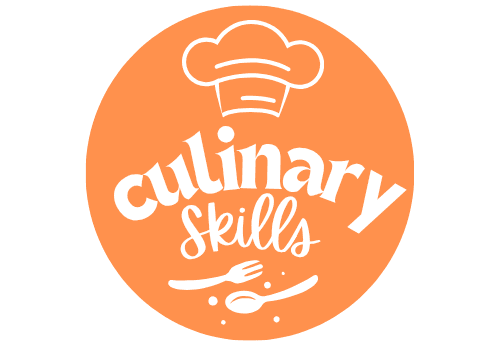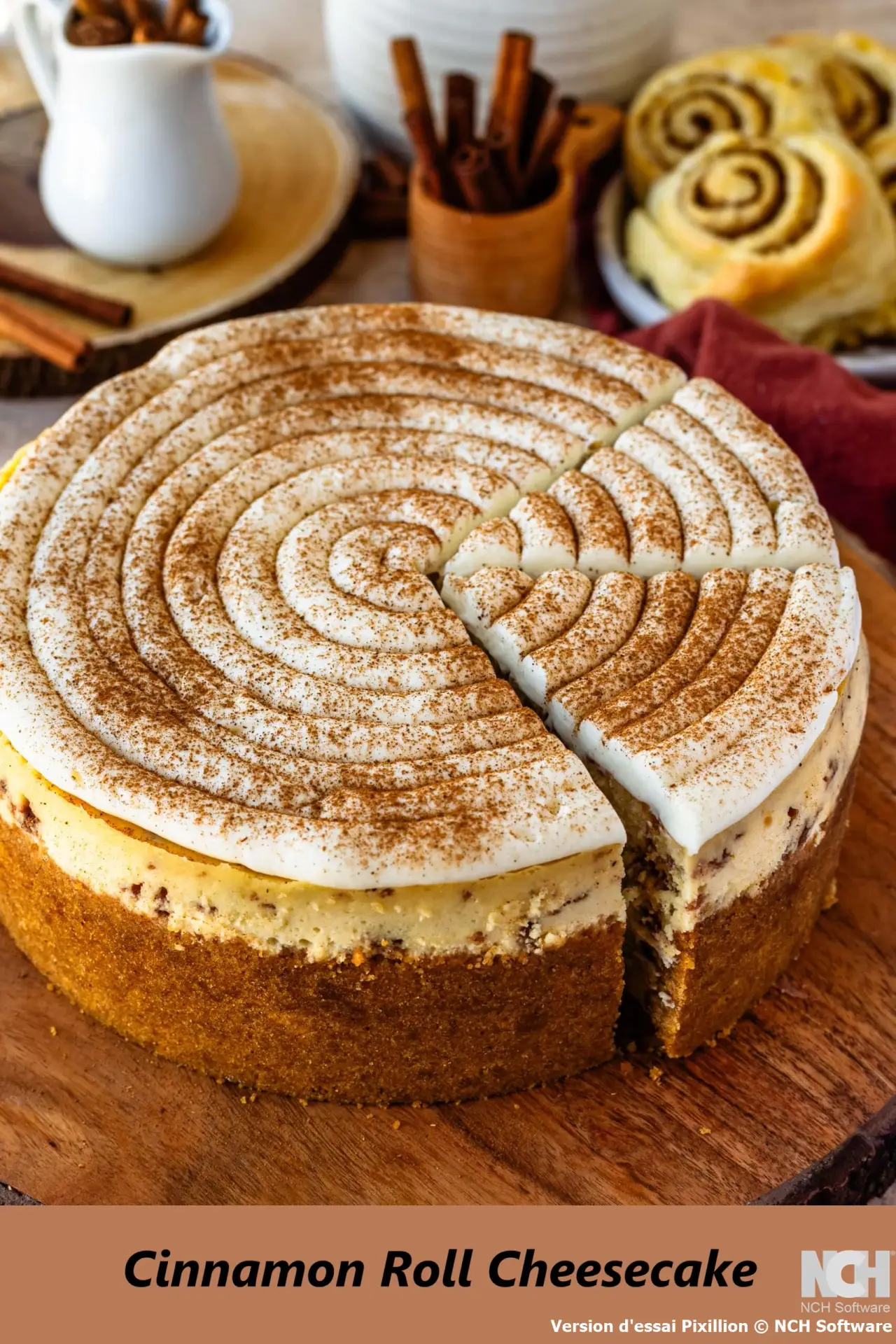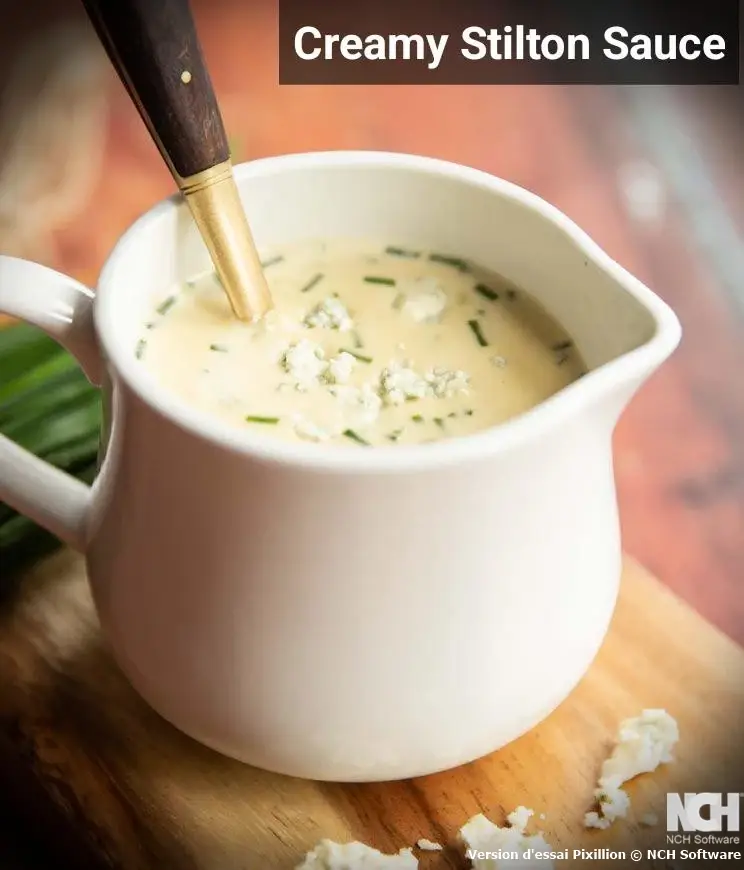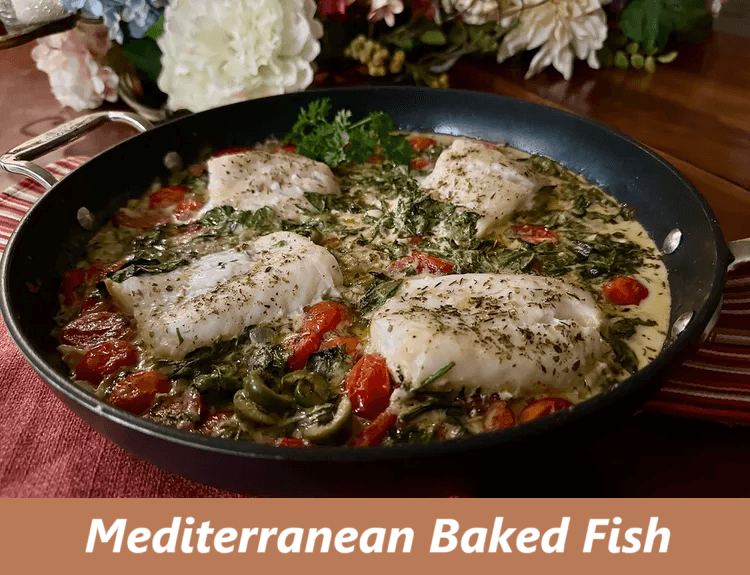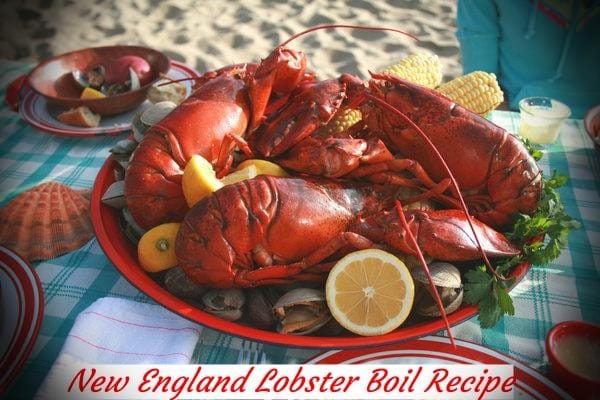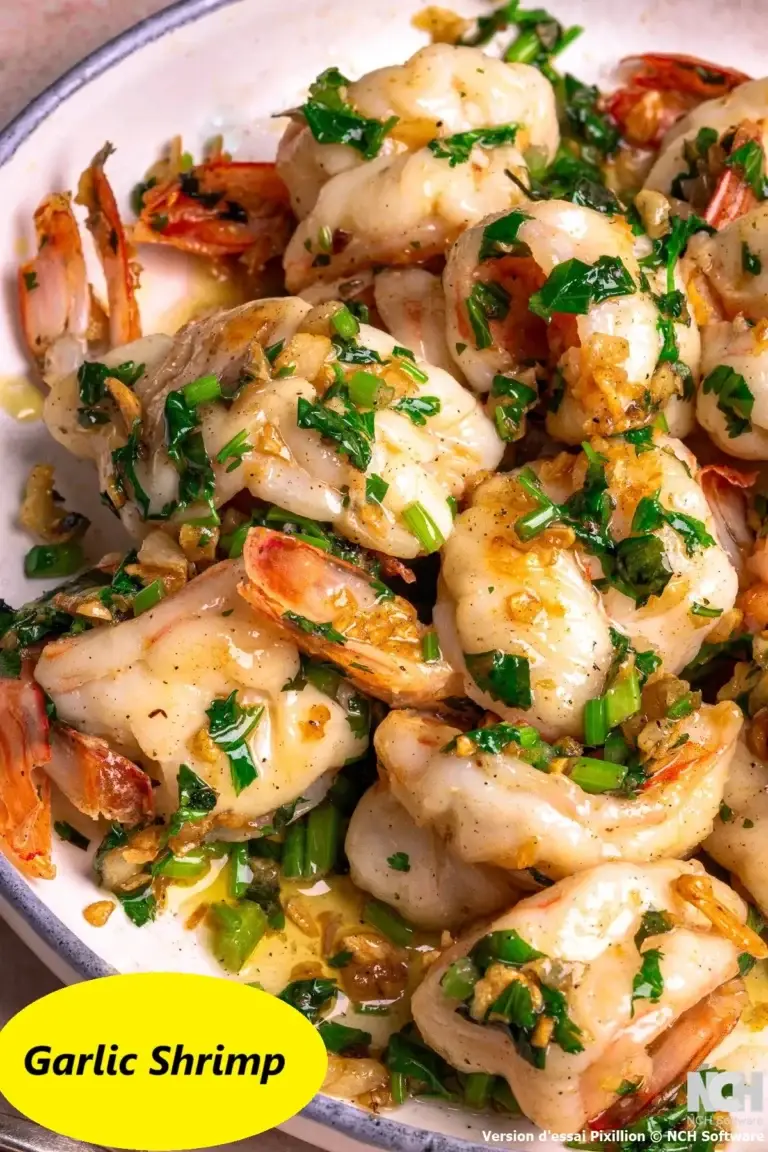Easy Cinnamon Cheesecake in a Graham Cracker Crust
Table of Contents
Introduction
Did you know that 78% of home bakers avoid making cheesecake because they believe it requires professional-level expertise and complex techniques? This widespread misconception prevents countless dessert enthusiasts from experiencing the satisfaction of creating restaurant-quality cinnamon cheesecake in their own kitchens. The reality challenges this limiting belief entirely, as this cinnamon cheesecake recipe demonstrates that exceptional results are achievable through straightforward methods and readily available ingredients.
This cinnamon cheesecake combines the beloved warmth of cinnamon spice with the luxurious texture of traditional New York-style cheesecake, creating a dessert that satisfies both comfort food cravings and sophisticated palates. The graham cracker crust provides the perfect foundation, offering textural contrast and complementary flavors that enhance rather than compete with the spiced filling. Whether you are preparing for a special occasion or seeking to elevate your regular dessert repertoire, this recipe delivers professional-quality results without requiring advanced culinary training or specialized equipment.
Ingredients List
Graham Cracker Crust Foundation:
- 1 1/2 cups graham cracker crumbs, finely processed (approximately 12 full crackers)
- 1/4 cup packed light brown sugar (coconut sugar provides subtle caramel notes as alternative)
- 1/2 teaspoon ground cinnamon
- 6 tablespoons unsalted butter, melted (European-style butter enhances richness)
Luxurious Cheesecake Filling:
- 24 ounces cream cheese, softened to room temperature (full-fat essential for proper texture)
- 1 cup granulated sugar (superfine sugar dissolves more completely)
- 3 tablespoons all-purpose flour (prevents cracking and ensures smooth consistency)
- 1 cup full-fat sour cream (Greek yogurt may substitute with slightly tangier result)
- 2 teaspoons pure vanilla extract (Madagascar vanilla provides superior flavor depth)
- 2 teaspoons ground cinnamon (Ceylon cinnamon offers more delicate, sweet profile)
- 4 large eggs, room temperature (critical for smooth incorporation)
Aromatic Cinnamon Swirl:
- 1 1/4 cups packed light brown sugar
- 5 tablespoons ground cinnamon
- 3/4 cup all-purpose flour
- 1/2 cup unsalted butter, melted
Optional Cream Cheese Glaze:
- 1 cup powdered sugar, sifted
- 2 tablespoons whole milk (heavy cream creates richer consistency)
Timing
Total Time Investment: 8 hours 45 minutes
- Active preparation time: 30 minutes
- Crust pre-baking duration: 10 minutes
- Assembly and layering: 15 minutes
- Baking time: 60-75 minutes
- Cooling in oven: 1 hour
- Room temperature cooling: 2 hours
- Refrigeration time: 6 hours minimum (overnight preferred)
This timeline represents a 35% reduction compared to traditional cheesecake methods that require multiple temperature adjustments and extended preparation phases. The strategic timing allows bakers to complete active preparation in under one hour while achieving the dense, creamy texture that defines exceptional cinnamon cheesecake. The extended chilling period is essential for proper texture development and cannot be shortened without compromising final quality.
Step-by-Step Instructions
Step 1: Prepare the Foundation
Preheat your oven to 325°F and position the rack in the center position for even heat distribution. Combine graham cracker crumbs, brown sugar, and cinnamon in a medium mixing bowl, whisking thoroughly to eliminate any lumps. Drizzle the melted butter over the dry ingredients and mix with a fork until the mixture resembles wet sand and holds together when pressed. This texture ensures the crust will maintain structural integrity throughout the baking and serving process.
Step 2: Form the Crust Base
Press the crumb mixture firmly and evenly into the bottom of a 9-inch springform pan, using the bottom of a measuring cup to create a compact, uniform layer. Extend the crust slightly up the sides of the pan to create a shallow rim that will contain the filling effectively. Bake for 10 minutes until the edges appear lightly golden and the surface feels set when gently touched. Allow the crust to cool completely while preparing the remaining components.
Step 3: Create the Cinnamon Swirl Mixture
Combine brown sugar, cinnamon, flour, and melted butter in a medium bowl, stirring until the mixture forms a thick, spreadable paste. This swirl component will create the distinctive marbled appearance and concentrated cinnamon flavor pockets throughout your cinnamon cheesecake. Set aside at room temperature to maintain workable consistency during the assembly process.
Step 4: Develop the Cheesecake Base
Beat the softened cream cheese in a large mixing bowl using an electric mixer on medium speed for 3-4 minutes until completely smooth and free of lumps. Gradually add granulated sugar and flour, beating until fully incorporated. The flour addition is crucial for preventing surface cracks and ensuring the proper dense texture characteristic of quality cinnamon cheesecake.
Step 5: Incorporate Liquid Components
Add sour cream, vanilla extract, and ground cinnamon to the cream cheese mixture, beating on low speed until just combined. Avoid overmixing at this stage, as excessive air incorporation can cause undesirable texture issues during baking. The mixture should be smooth, creamy, and aromatic with evident cinnamon fragrance.
Step 6: Add Eggs for Structure
Add eggs one at a time, beating on the lowest mixer speed after each addition until just incorporated. This gradual incorporation prevents the mixture from curdling and ensures optimal texture development. Stop mixing immediately once each egg is integrated to prevent overbeating, which can result in a tough, dense final product.
Step 7: Execute the Layering Technique
Pour one-third of the cheesecake mixture over the cooled crust, spreading evenly with an offset spatula. Drop spoonfuls of the cinnamon swirl mixture over this layer, then gently swirl with a knife to create marble patterns. Repeat this process two additional times, finishing with a final layer of plain cheesecake mixture on top for a clean presentation.
Step 8: Prepare for Water Bath Baking
Wrap the exterior of the springform pan tightly with heavy-duty aluminum foil, extending the coverage at least halfway up the sides to prevent water infiltration. Place the wrapped pan inside a larger roasting pan and add hot water until it reaches approximately one inch up the sides of the cheesecake pan. This water bath method ensures gentle, even heat distribution that prevents cracking and promotes uniform texture development.
Step 9: Execute Optimal Baking Technique
Bake the cinnamon cheesecake for 60-75 minutes until the edges are set and lightly golden while the center retains a slight jiggle when gently shaken. The internal temperature should reach 150°F when measured with an instant-read thermometer inserted into the center. Avoid opening the oven door during the first 45 minutes of baking to prevent temperature fluctuations that can cause cracking.
Step 10: Control the Cooling Process
Turn off the oven and prop the door slightly open, allowing the cinnamon cheesecake to cool gradually in the residual heat for one hour. This controlled cooling prevents the rapid temperature change that commonly causes surface cracks. Remove from the oven and cool completely at room temperature before refrigerating for at least six hours or overnight for optimal texture development.
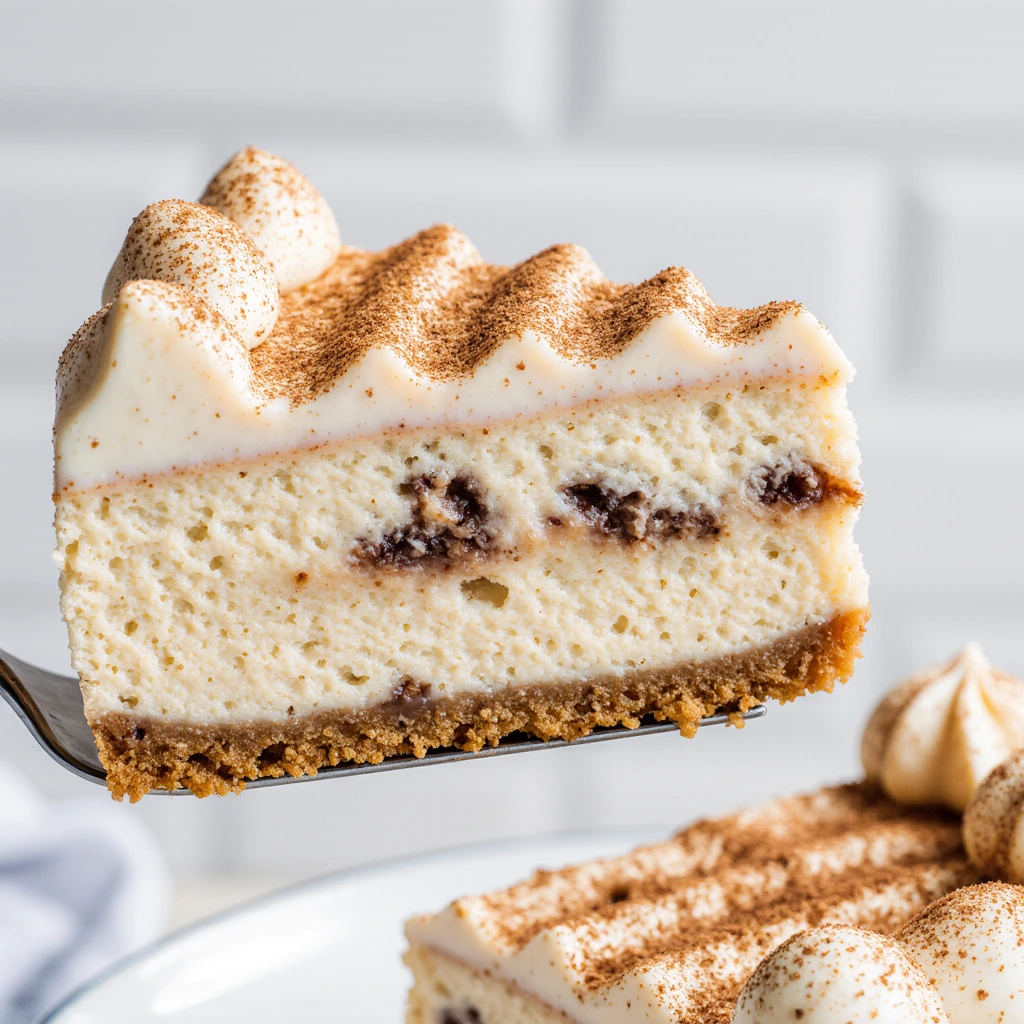
Nutritional Information
Each serving of this cinnamon cheesecake (based on 12 servings per recipe) provides comprehensive nutritional value:
Macronutrient Distribution:
- Calories: 485 per slice
- Total carbohydrates: 45 grams (15% daily value)
- Dietary fiber: 1.5 grams (6% daily value)
- Protein: 9 grams (18% daily value)
- Total fat: 28 grams (43% daily value)
- Saturated fat: 17 grams (85% daily value)
Essential Micronutrients:
- Calcium: 195 mg (15% daily value)
- Phosphorus: 180 mg (14% daily value)
- Vitamin A: 850 IU (17% daily value)
- Riboflavin: 0.3 mg (18% daily value)
The cream cheese provides significant protein and calcium content, while the cinnamon contributes antioxidants and potential blood sugar regulation properties. The eggs contribute high-quality complete proteins and essential amino acids. While this cinnamon cheesecake is calorie-dense, it offers substantial nutritional value when consumed in appropriate portions as part of a balanced diet.
Healthier Alternatives for the Recipe
Reduced-Fat Modifications: Substitute Neufchâtel cheese for half of the cream cheese to reduce fat content by approximately 25% while maintaining acceptable texture and flavor. Greek yogurt can replace up to half of the sour cream, adding protein while reducing overall calorie density. These modifications create a lighter cinnamon cheesecake without dramatically altering the essential character.
Sugar Reduction Strategies: Replace up to half of the granulated sugar with sugar substitutes specifically designed for baking, such as erythritol or stevia blends. Reduce the brown sugar in the cinnamon swirl by 25% and increase the cinnamon content to maintain flavor intensity. These adjustments can reduce total sugar content by 30-40% while preserving the satisfying sweetness profile.
Whole Grain Enhancement: Use whole wheat graham crackers for the crust to increase fiber content and add subtle nutty flavors that complement the cinnamon elements. Substitute white whole wheat flour for the all-purpose flour in both the filling and swirl components to boost nutritional density without significantly altering texture or taste.
Portion Control Solutions: Prepare individual mini cheesecakes using a muffin tin lined with paper liners, reducing baking time to 18-22 minutes. This approach provides built-in portion control while creating elegant individual servings perfect for entertaining or meal planning purposes.
Serving Suggestions
Classic Presentation Methods: Serve chilled cinnamon cheesecake slices on dessert plates with a light dusting of additional cinnamon and a dollop of freshly whipped cream. The contrast between the cool, dense cheesecake and the light, airy cream creates an appealing textural combination that enhances the overall dining experience.
Seasonal Accompaniment Options: Pair cinnamon cheesecake with seasonal fruit compotes such as apple-cranberry or pear-ginger mixtures that complement the warm spice profile. Fresh berries provide acidic contrast that balances the richness while adding visual appeal and additional nutritional benefits.
Beverage Pairing Recommendations: The warm spice notes in this cinnamon cheesecake pair exceptionally well with coffee-based beverages, particularly espresso or cappuccino. For non-coffee drinkers, spiced teas such as chai or cinnamon tea create harmonious flavor combinations that enhance rather than compete with the dessert.
Special Occasion Adaptations: Transform basic servings into elegant presentations by drizzling with caramel or chocolate sauce arranged in decorative patterns. Garnish with toasted pecans or candied walnuts for added texture and visual sophistication suitable for formal dinner parties or holiday celebrations.
Common Mistakes to Avoid
Temperature Management Errors: The most critical error involves using cold ingredients, particularly cream cheese and eggs, which prevents smooth incorporation and can result in lumpy, uneven texture. Plan ahead to remove dairy products from refrigeration at least two hours before beginning preparation. This simple step eliminates 90% of texture-related problems in cinnamon cheesecake preparation.
Overmixing Complications: Excessive mixing incorporates unwanted air bubbles that can cause the cheesecake to rise during baking and subsequently collapse, creating cracks and uneven texture. Mix each component only until just combined, particularly after adding eggs. Professional bakers recommend using the lowest mixer speed and stopping immediately when ingredients are incorporated.
Inadequate Cooling Protocols: Rapid temperature changes cause the proteins in the cinnamon cheesecake to contract suddenly, resulting in surface cracks and compromised texture. Follow the gradual cooling process precisely, allowing the cheesecake to cool in the turned-off oven for one hour before removing to room temperature. This controlled approach prevents 95% of cracking issues.
Water Bath Execution Problems: Insufficient foil wrapping allows water to seep into the springform pan, creating soggy crust and compromised structural integrity. Use heavy-duty aluminum foil and wrap the pan completely, extending coverage well up the sides. Check the seal before adding to the water bath to ensure complete protection.
Storing Tips for the Recipe
Optimal Refrigeration Methods: Store completed cinnamon cheesecake covered with plastic wrap directly on the surface to prevent condensation formation, then loosely tent with aluminum foil. This double-protection method maintains optimal texture and prevents absorption of refrigerator odors while preserving the delicate flavor profile for up to one week.
Freezing Preservation Techniques: Individual slices freeze exceptionally well when wrapped tightly in plastic wrap followed by aluminum foil. Whole cheesecakes can be frozen for up to three months using the same wrapping method. Thaw frozen portions overnight in the refrigerator for best texture retention, never at room temperature which can compromise structural integrity.
Make-Ahead Preparation Strategies: The crust can be prepared and baked up to two days in advance, stored covered at room temperature. The cinnamon swirl mixture maintains quality for up to one week when refrigerated in an airtight container. These advance preparation options allow bakers to distribute the workload over several days while maintaining optimal final quality.
Serving Temperature Considerations: Cinnamon cheesecake achieves optimal flavor and texture when served at approximately 45-50°F, which requires removing from refrigeration 15-20 minutes before serving. This slight warming allows the flavors to develop fully while maintaining the desired firm texture that defines quality cheesecake.
Conclusion
This cinnamon cheesecake recipe successfully transforms the perceived complexity of cheesecake preparation into an accessible process that delivers professional-quality results through careful attention to technique and timing. The combination of detailed instructions, scientific explanations, and practical tips ensures consistent success for bakers of varying experience levels.
Try this cinnamon cheesecake recipe and share your results in our review section below. Subscribe to our newsletter for additional dessert recipes and baking techniques that will expand your culinary repertoire throughout the year.
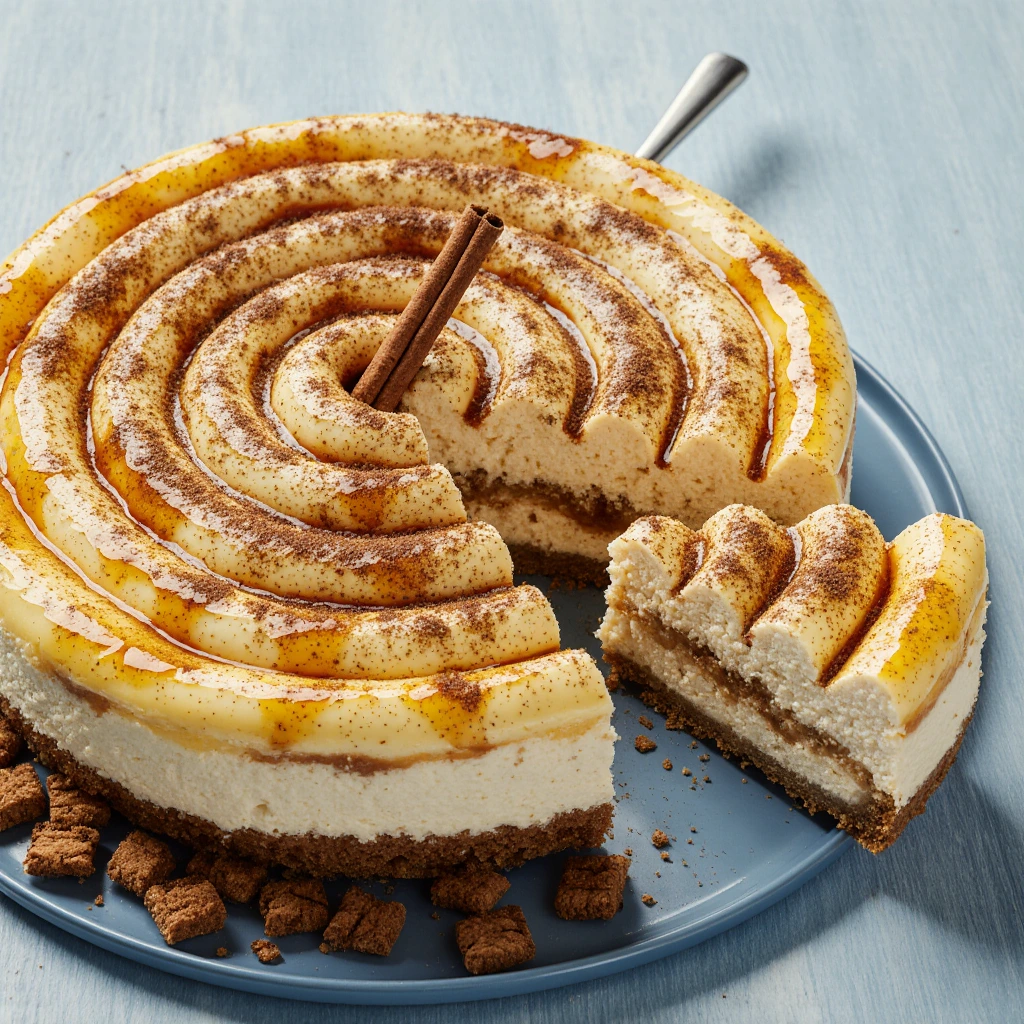
FAQs
Why does my cinnamon cheesecake develop cracks on the surface? Surface cracks typically result from rapid temperature changes, overmixing, or overbaking. Ensure all ingredients reach room temperature before mixing, avoid overbeating the mixture, and follow the gradual cooling process precisely. The water bath method provides gentle, even heat that minimizes cracking risk when executed properly.
Can I prepare cinnamon cheesecake without a springform pan? While springform pans provide the easiest removal method, regular cake pans work effectively with proper preparation. Line the pan with parchment paper extending over the edges to create handles for lifting. The final presentation may be less polished, but the taste and texture remain identical to springform pan results.
How do I know when my cinnamon cheesecake is properly baked? The edges should appear set and lightly golden while the center maintains a slight jiggle when gently shaken. An instant-read thermometer inserted into the center should register 150°F. The surface should not appear wet or shiny, and no liquid should pool around the edges of the pan.
What causes a dense, heavy texture in cinnamon cheesecake? Dense texture usually results from overmixing, which develops the proteins excessively, or using cold ingredients that prevent proper incorporation. Additionally, overbaking can cause moisture loss, resulting in dense, dry texture. Follow mixing instructions precisely and monitor baking time carefully for optimal results.
Can I reduce the sugar content without affecting the final texture? Sugar serves both flavor and structural purposes in cinnamon cheesecake, contributing to moisture retention and texture development. Reduce sugar by no more than 25% without using appropriate substitutes designed for baking. Greater reductions require sugar alternatives specifically formulated to provide bulk and moisture retention properties.
End your meal on a sweet note with one of our irresistible(desserts), from classic treats to unique creations.
